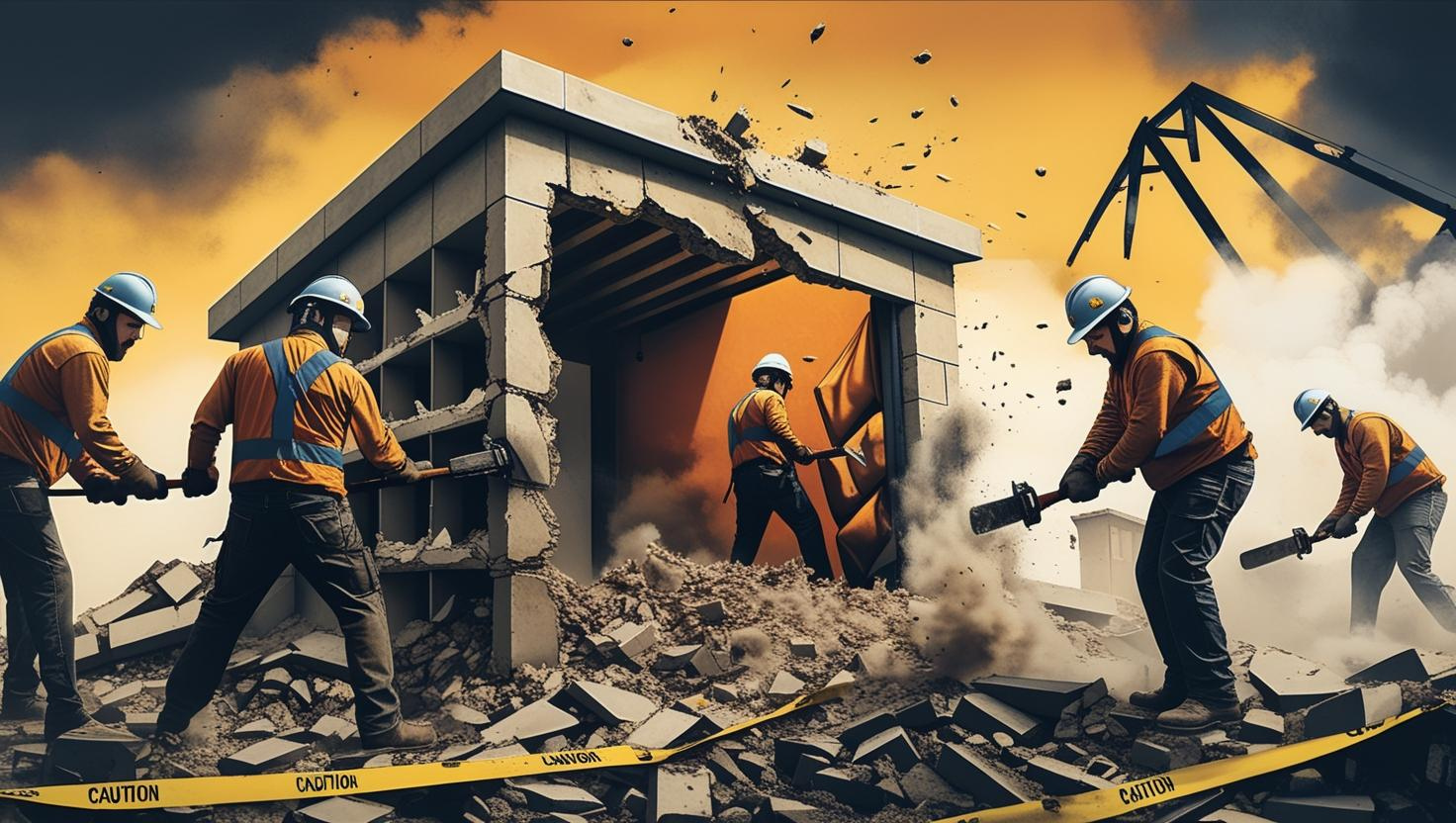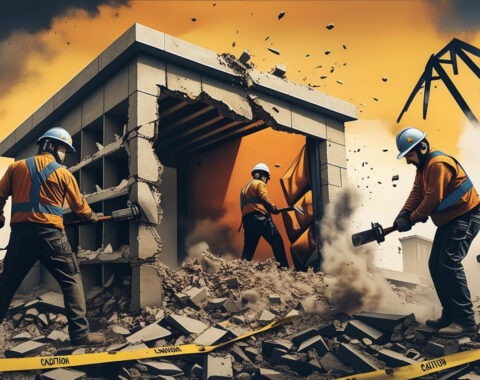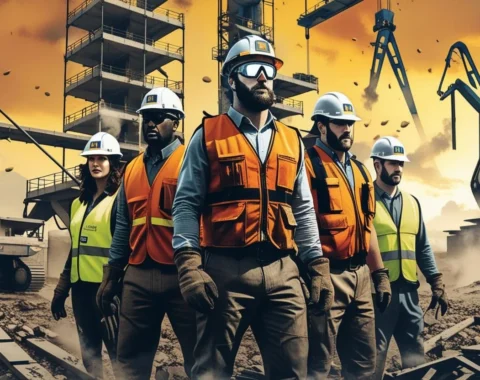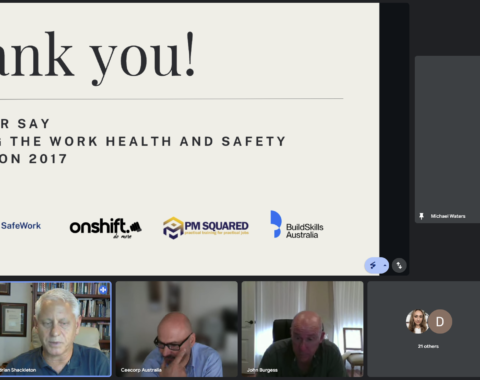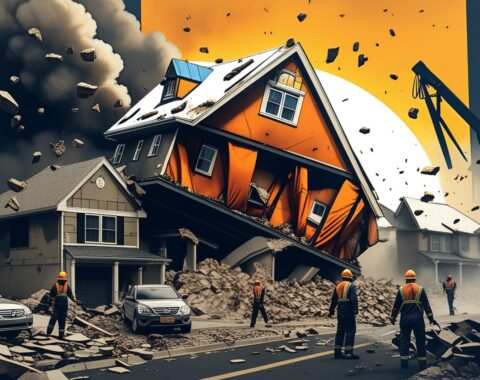This is what you need to know
What is CPCSIL3001 – Work with products and materials containing crystalline silica?
CPCSIL3001 is a nationally recognised Unit of Competency designed for workers who handle materials that may contain crystalline silica. It forms part of the official SafeWork NSW approved training pathways, ensuring that workers understand the risks, controls, and safe work practices when dealing with RCS.
Core Learning Outcomes:
Identify health risks of exposure, including silicosis and lung cancer
Recognise materials that contain crystalline silica
Interpret Safety Data Sheets (SDS) and manufacturer guidance
Implement appropriate exposure controls
Understand and apply Safe Work Method Statements (SWMS)
Select and use compliant Respiratory Protective Equipment (RPE)
Comply with legal obligations under the WHS Regulation
You can view the official unit details here: CPCSIL3001 on training.gov.au
Who Needs to Complete CPCSIL3001 Work with products and materials containing crystalline silica?
SafeWork NSW mandates silica safety training for:
Anyone engaged in high-risk processing of crystalline silica substances (CSS)
Anyone at risk of exposure to RCS during their work
In a demolition context, this includes:
Workers using power tools to break concrete or tiles
Operators of jackhammers, crushers, and grinders
Site labourers and apprentices assisting in material removal
Supervisors who direct or oversee these activities
Even if the task seems minor, if dust is generated, and the material could contain silica, training is required.
Legal Requirements in NSW
Under the Work Health and Safety (WHS) Regulation 2017, significant amendments were introduced (Sections 529A–529CE) to manage silica-related risks. These include:
✔️ Section 529A
Defines “crystalline silica substance” and outlines when processing is considered “high risk”.
✔️ Section 529CB
Requires a Silica Risk Control Plan or a Safe Work Method Statement (SWMS) when undertaking high-risk tasks.
✔️ Section 529CE
Mandates:
Air monitoring when exposure is likely to exceed limits
Reporting to the regulator if the exposure standard is breached
Health monitoring for affected workers
“You must provide crystalline silica training to any worker involved in high-risk processing or at risk of RCS exposure.”
— SafeWork NSW (2024), Silica Training for Workers
Businesses must also retain training records for five years after the worker leaves the company.
Benefits of Completing CPCSIL3001
Choosing CPCSIL3001 over informal or in-house training offers key advantages:
🛡️ Legal Peace of Mind
It is pre-approved by SafeWork NSW, reducing the risk of non-compliance penalties.
🎓 Recognised Qualification
The training is delivered by Registered Training Organisations (RTOs) and results in a Statement of Attainment that is valid across Australia.
💼 Career Mobility
Workers can transfer this competency between job sites or employers—useful in the fast-moving construction and demolition industries.
🧠 Increased Awareness
The unit includes fit testing, PPE selection, and guidance on interpreting SDSs—practical knowledge that protects health on the ground.
Are There Other Training Options?
Yes, other approved options include:
TAFE NSW: Silica Awareness and Safety
10830NAT: Course in Crystalline Silica Exposure Prevention
CPCSIL4001: For supervisors managing silica risks
However, CPCSIL3001 is ideal for workers engaged directly in processing materials that generate RCS during demolition activities.
“Workers who complete CPCSIL3001 before 1 September 2024 are exempt from re-training.”
— SafeWork NSW (2024), Silica Training for Workers
How Onshift Can Help?
At Onshift Education, we specialise in nationally recognised training for the construction and demolition industries.
With your Onshift membership:
Get access to course content aligned with CPCSIL3001
Choose when to upgrade for full Nationally Recognised Training (NRT)
Study at your own pace—online and on-demand
🔗 Explore our demolition safety training courses
📣 Upgrade today to receive your Statement of Attainment before the 1 September 2024 deadline.
Conclusion: Don’t Wait Until It’s Too Late
The regulation is clear: any demolition worker at risk of respiritory cristiline silia exposure must complete approved silica training. With CPCSIL3001, you’re not just ticking a box—you’re protecting lives.
Whether you’re an employer, PCBU, or worker—invest in your safety and your future. Start training today.
🔗 References:
SafeWork NSW (2024). Silica Training for Workers
PDF – Attachment B

